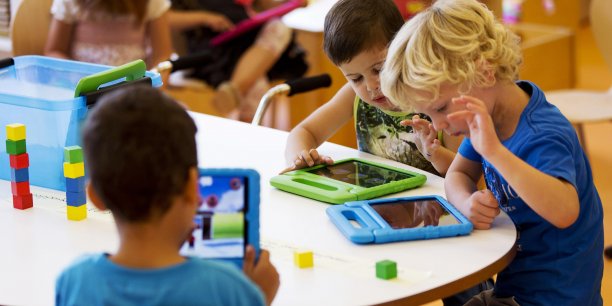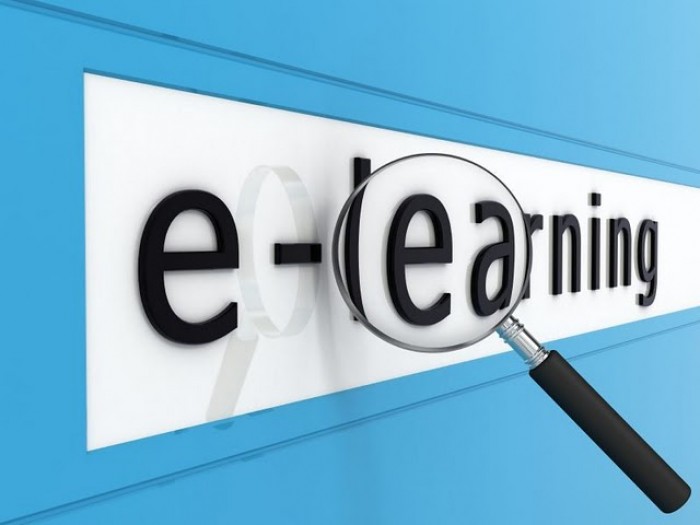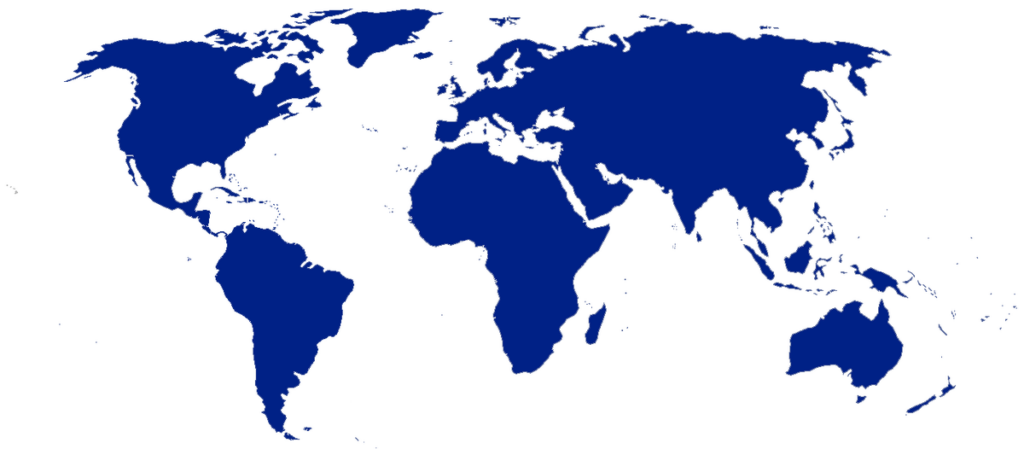Technological tools are changing the way we learn and train, from classrooms to online continuing education. But they are also valuable tools for democratizing access to knowledge.
 In 1999, Edgar Morin wrote a small book for UNESCO entitled “Seven Complex Lessons in Education for the Future”, in which he called for teaching to serve “individuals’ vitality and free expression, [which] constitute our ethical and political plan for the planet.” Eighteen years later, education is profoundly transformed by technology: it is increasingly personalized, interactive, transversal and flexible. Its purpose remains unchanged: to give everyone the tools for their own empowerment and, perhaps even more so than yesterday, to help them to constantly adapt to the changes of our time. In this respect, the future of the education is today structured around a few large axes in which technology plays a direct or indirect role.
In 1999, Edgar Morin wrote a small book for UNESCO entitled “Seven Complex Lessons in Education for the Future”, in which he called for teaching to serve “individuals’ vitality and free expression, [which] constitute our ethical and political plan for the planet.” Eighteen years later, education is profoundly transformed by technology: it is increasingly personalized, interactive, transversal and flexible. Its purpose remains unchanged: to give everyone the tools for their own empowerment and, perhaps even more so than yesterday, to help them to constantly adapt to the changes of our time. In this respect, the future of the education is today structured around a few large axes in which technology plays a direct or indirect role.
Learning on platforms
Education and training are ideal playgrounds for innovation on the Internet. A few years ago, it was the fanfared arrival of MOOCs, the Massive Open Online Courses, a kind of contemporary CNED which allows you to follow distance learning courses. Some are free, some lead to qualifications and some are very prestigious since, in addition to specialized platforms such as the Khan Academy, the largest universities have also entered the niche market. In the corporate world, continuing education centers are more likely to use SPOCs, Small Private Online Courses, which are more suitable for small groups. If some people say that MOOCs are already losing momentum, it seems that the future of e-learning is crowd learning. Especially adapted to companies, crowd learning is based on the premise that skills and knowledge are “hidden” in all corners of the organization, and that facilitating interaction makes it possible to learn from each other better. Another major change brought about by e-learning is the concept of electronic “badges”, whether you gain one after following a MOOC, a training course or simply thanks to your experience, you can display it on your LinkedIn profile or your personal site. Badges make it possible to valorize continuous learning without having to go through a certification process and reflects a less fixed and more progressive vision of training.

The classroom of the future
It is perhaps with “face-to-face” learning that the most impressive innovations are beginning to emerge. Firstly, technology is making it possible to understand each other better and is even breaking down language barriers, so that foreign, deaf and hard of hearing students and posted workers or those in an international mobility program can follow discussions better. Very recently, Google launched its Pixel Buds, connected earphones which enable you to translate 40 languages in real time. Microsoft goes even further by adapting its translation service Translator to the classroom: Presentation Translator sub-titles teachers’ or trainers’ PowerPoint presentations live, while Microsoft Translator Live Feature transcribes conversations that take place in the room in real time and in the desired language on the screen of a smartphone, tablet or computer.
More generally, Bill Gates’ educational products aim to make classes more collaborative, but also more immersive, notably by using virtual and augmented reality. PowerPoint’s main competitor, Prexi, is positioned elsewhere in this niche: the Hungarian company has recently demonstrated its augmented reality, which it hopes will be particularly useful for remote presentations. Instead of watching, on a screen, a person who is themselves in front of a screen where their presentation is taking place, the elements will appear around the person, as if he or she were in front of a cinema green screen. Obviously all this is done dynamically, as shown in this TED talk (from the fifth minute) and this video from the journalist Guy Raz.
Equal opportunities for all
Finally, training in the future, if not necessarily loaded with technologies, will enable everyone to find and to reveal their potential. In France, this is the objective of the Switch Collective, which offers an online and real-life program called “Take stock, calmly”, to help “those who no longer find themselves in their job” to give back meaning to their activity or to change them. All this in six weeks, which helps to identify their strengths, weaknesses and especially their desires.
As for initial training, many initiatives are being created in the growing niche of digital professions. In France, the social and solidarity company Simplon.co offers free training to become “web site and mobile applications developers, integrators, digital advisors, data artisans, e-traders, and many other “hard-to-fill” digital professions which enable you to find a job quickly or to create your own business.” The training courses are aimed at people who are having difficulty in finding a job and are offered openly under certain social criteria with a gender equality target. At school 42, 18-30 year olds are offered completely free computer training courses that operate through peer-to-peer learning: “a participative way of working that allows students to unleash their creativity through project based learning.” Leaning on digital technology to fight unemployment among less privileged populations: this is the view of South African entrepreneur Luvuyo Rani, who we interviewed this summer. With Silulo Ulutho Technologies, he developed a network of training centers for digital tools to help township populations in their search for employment or professional development. “We want to have an impact on education, empowerment, technology and entrepreneurship”, he told us. One more proof that technology is an indispensable tool for future education to fulfill its purpose of empowerment and fulfillment.



